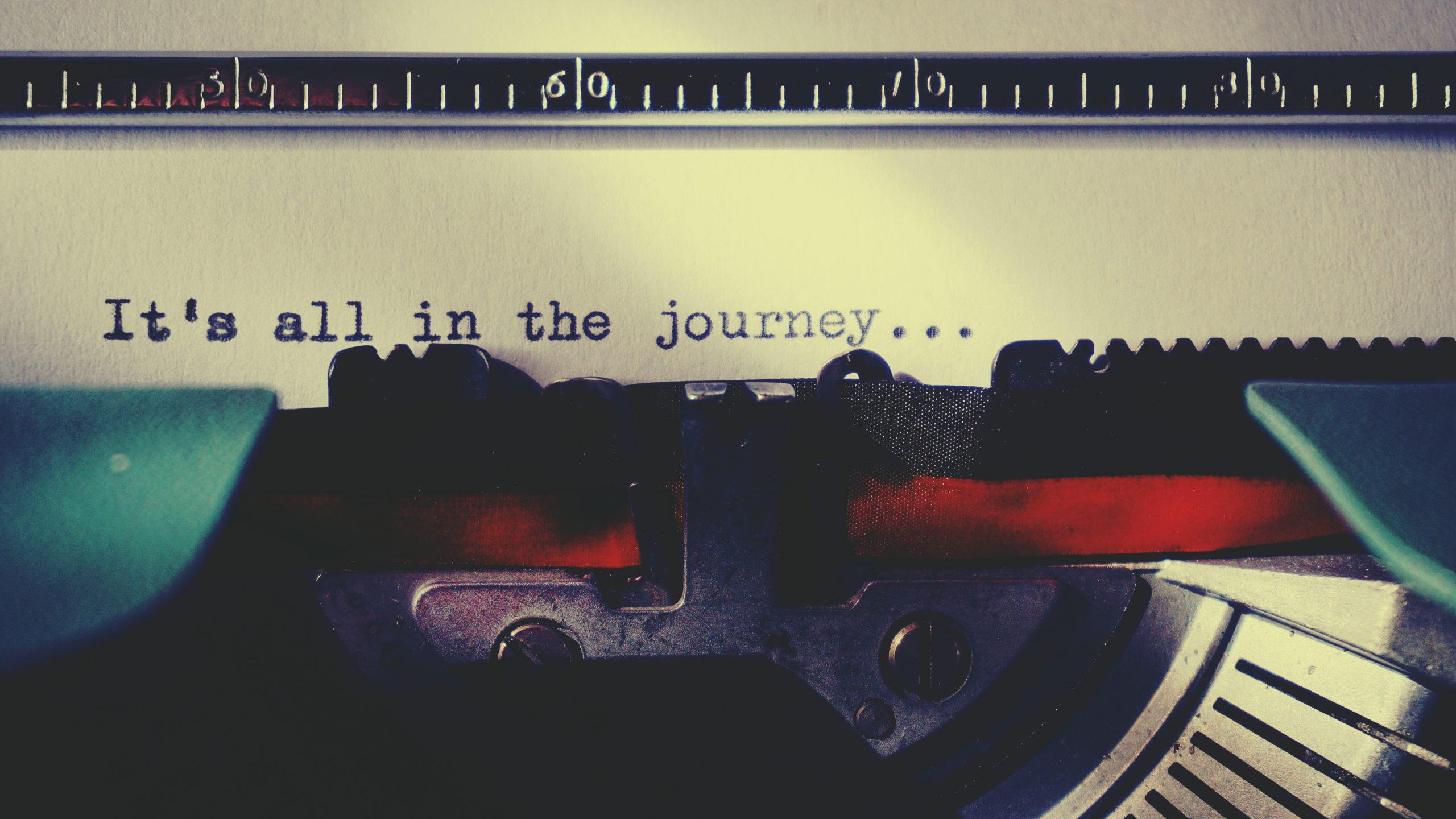So, last week we talked about how to paragraph for effect. This week, we’re going to change gears just a bit and talk about punctuation. Now, I assume that most of us are fairly solid on grammar rules, and if we aren’t, we can look them up quickly enough on Google. So I won’t bore you with long-winded explanations of that.
Instead, this post is going to go through some of the ways you can use punctuation both inside and outside of dialogue to get across the mood. This plays into having strong prose and dialogue that can stand on its own. A big part of that is choosing punctuation that can give the tone you want.
If you haven’t already, you should go back and read through the posts on sentence structure, dialogue do’s and don’ts, and paragraphing for effect. All of those Thursday Technicalities posts need to be combined with this in order for the whole piece to function. Once you’ve covered those, come back here, and add this week’s tool to your tool box.
For those of you who have already read the previous posts, let’s get started!
Commas
In fiction writing, we have a little more leeway to do things that might not be precisely grammatically correct in other places. This isn’t to say there aren’t rules. There most certainly are. But the rules are a bit different, especially for dialogue.
Commas are a good way to show that there’s a pause in dialogue, a person’s train of thought, or narration. Periods can, at points, be a bit abrupt, so a comma might be a better choice so long as it doesn’t make the sentence too long or take the place of a period when a sentence should end.
Let’s take a look at some places where commas might be the better option for these areas.
Dialogue:
“I don’t like Freddy. He’s too loud. Too rude. Too stupid.”
Okay, so this person isn’t being very nice, but that’s beside the point. Notice that the last three lines sound choppy? Let’s use commas here instead and see how it improves the flow.
“I don’t like Freddy. He’s too loud, too rude, and too stupid.”
Maybe it’s a simplistic example, but this is much better with commas instead of periods.
Train of Thought:
Didn’t picture it ending like this. There had to have been a better way. Another way with more results. More finesse. And maybe more humanity.
Okay, so again, some of these sentences just feel choppy. That’s fine if you want a less flowing, more abrupt approach. But if you’re trying to give a more reflective tone to a character, this just isn’t going to work. With commas, it looks much better.
Didn’t picture it ending like this. There had to have been a better way. Another way with more results, more finesse, and maybe more humanity.
There’s a very obvious difference in feel and pacing here, so keep that in mind when you choose commas instead of periods or vice versa.
Narration:
Cora hadn’t planned for this. The flat tire threw all of her plans out the window. She was in the middle of nowhere. No help. Nothing. Not even a house in sight. So definitely a major setback. She didn’t even have a spare. Just lovely.
Okay, so this is fine. If you want the reader to speed through this paragraph, it isn’t a problem. If you want them to slow down and consider what they’re seeing more closely, it’s probably not so great. Looking at it with commas, you might end up with something like this:
Cora hadn’t planned for this. The flat tire threw all of her plans out the window. She was in the middle of nowhere–no help, nothing. Not even a house in sight, so definitely a major setback. She didn’t even have a spare. Just lovely.
Alright, I think I’ve belabored the point about commas for long enough. So let’s take a look at the next punctuation mark.
Exclamation Points
This one is overused all the time in amateur writing and even in some published work, depending on who you ask. Really, exclamation points are intended to give something a lot of weight and impact. So they should be used sparingly.
Let me show you why:
Read through this and think about what part of it stands out the most to you.
“I can’t believe you did that! You had no right to make that decision without me! Why would you even think you could give my kid away without asking first? I wanted her!”
Chances are that you have no idea what’s supposed to have the most emphasis here. And that’s because I used exclamation marks until they almost became like a period for all the good they’re doing. In fact, they’re not even as good as a period since they distract more from the writing than a period would.
So now look at what happens when I weed some of them out.
“I can’t believe you did that. You had no right to make that decision without me. Why would you even think you could give my kid away without asking first? I wanted her!”
Obviously, I could have placed that single exclamation point on a different sentence to place emphasis on a different point. But I chose to place it at the end for this particular example. The main takeaway here is to use exclamation points sparingly and only when someone is raising their voice (either out of excitement or anger, usually) to emphasize something.
One last side note is that you really shouldn’t have exclamation points outside of dialogue. It just isn’t necessary, and it makes your writing look sloppier and much less professional.
Periods
Next up, we have the period. This one is pretty straightforward. It forces the reader to completely stop before moving to the next sentence, so it has the power to either slow or speed up the pacing in a story. In the examples I gave earlier with the commas, you saw a little of that. But let’s look at one other example.
Phoebe wasn’t a particularly aggressive sort. At least, she didn’t think she was. But Arin MacLeod made her want to lash out, to punch his too perfect nose. Maybe to break a few bones in that finely-shaped face. He’d deserve it, and she constantly had to remind herself why she wouldn’t do it, wouldn’t let him goad her into taking that risk. He wasn’t worth it, and that was that.
Okay, that reads fine, but it’s a little slow. Tense, but not as tense as it could be if the periods were placed a little differently. So take a look at this version:
Phoebe wasn’t a particularly aggressive sort. At least, she didn’t think she was. But Arin MacLeod made her want to lash out. To punch his too-perfect nose. Maybe even break a few bones. He’d deserve it. But she constantly reminded herself why she wouldn’t do it. Why she wouldn’t let him goad her into that risk. He wasn’t worth it. That was that.
The feel to this one is entirely different. I had to reorder some things and add words here and there to make sure it still flowed, but with the shorter, choppier sentences, this feels much more tense and more like something she might be thinking about as she angrily tries to convince herself he isn’t worth her time.
Dashes and Elipses
I lumped these two in together because they’re both useful for endings or pauses, particularly in dialogue, but they work differently. A dash is a great tool to use if someone’s words or thoughts get cut off abruptly because of an interruption. An elipses, on the other hand, is best used for cases where the speaker (or thinker) has trailed off or is no longer holding the attention of a viewpoint character.
Let’s look at some examples.
“I can’t believe he did that…” Julia toyed with the pen on her desk. “I just— Well, why?”
In this instance, you have both an example of a speaker trailing off and an example of her cutting herself off abruptly.
This is, of course, just one example of how these two forms of punctuation can be used. They’re extremely useful in dialogue and, when used sparingly, can also be helpful in internal dialogue or even the narration.
Conclusion
And there are your punctuation lifesavers. They may, quite literally, make the difference between life and death for your sentence, paragraph, or page. How you use punctuation can entirely change the feel your writing has for the reader. So choose wisely!
Have questions? Leave them in the comments below, and I’ll get back to you as soon as I can.





